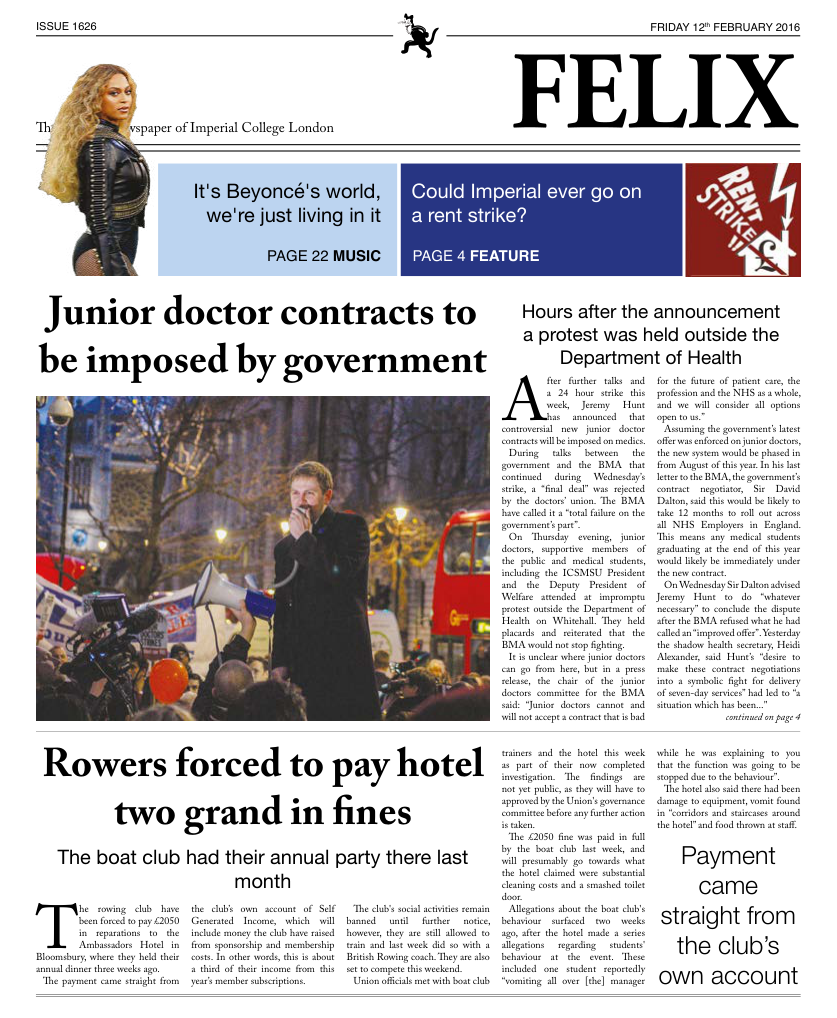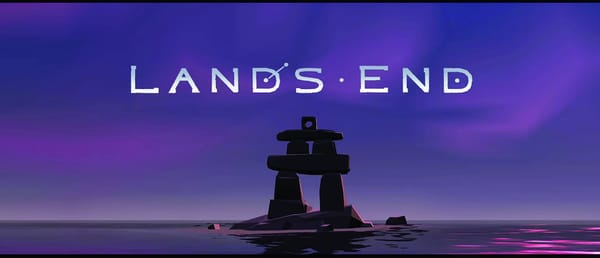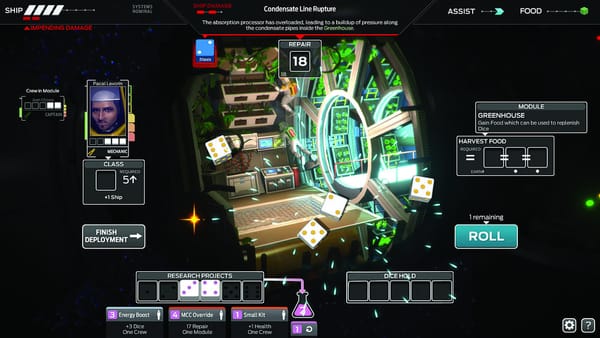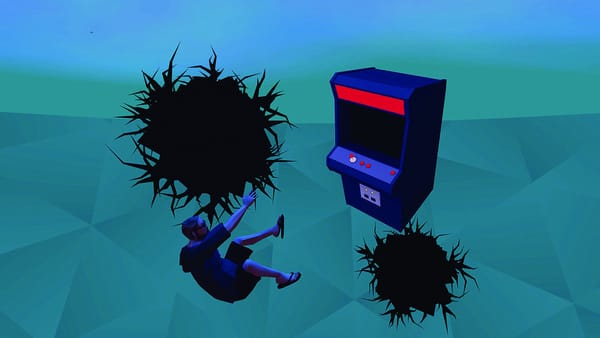The Witness
Jonathan Blow delivers his second masterpiece, a game about mazes
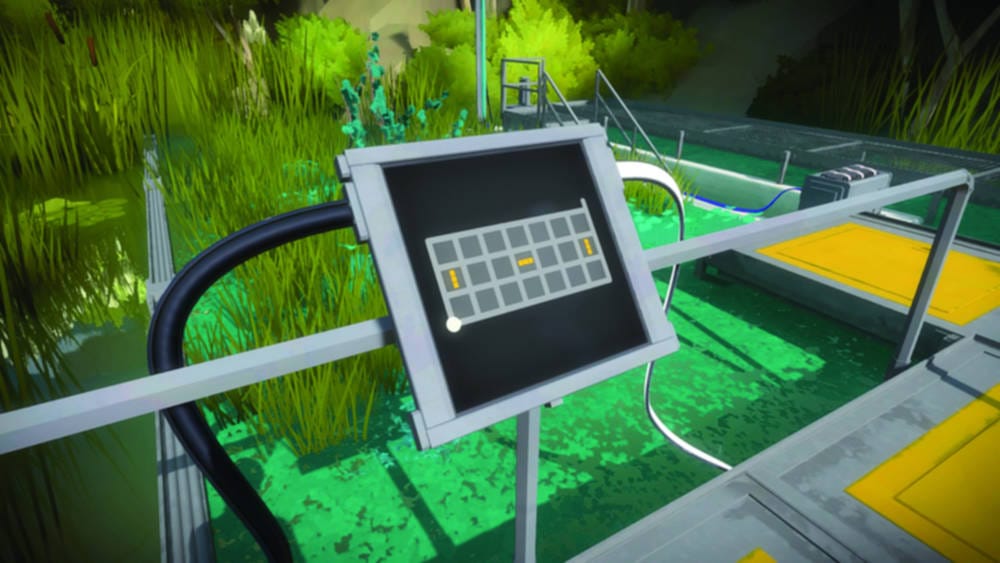
There have been very few games released in recent years that have had more to live up to than The Witness. Unlike the recent Fallout 4, there was no multi-million dollar marketing campaign, no tube ads, no merchandising – in other words, no ‘hype’. Instead, The Witness has been quietly on our radar for close to six years.
Braid designer Jonathan Blow’s sophomore effort was originally announced – and demoed – in 2010, having already been in development for a year. Blow has spent the last half-decade polishing, tweaking, and vastly overshooting the planned 2013 release date – as well as the original $800,000 budget. The finished game released just a couple of a weeks ago, with a final development cost of close to $6 million. I picked it up on PS4 a couple of days after release, to see if it’s been worth the wait. It has.
The Witness is, at its heart, a game about mazes. Dotted around its idyllic island setting are some 650 puzzles, in the form of mazes on panels. The player draws a line from the start to end of the maze, and solving a panel lights up the next one. Solving some puzzles will open doors, move platforms, or affect the game’s world in other ways. Taken at face value, this sounds pretty dull – how, then, have I sunk over 20 hours into these mazes without getting bored?
The reason is that Blow, as in Braid, has followed the Nintendo school of game design: introduce a new, simple concept to the player, and then explore all possible permutations of that concept. In The Witness, different mazes will have different rules, signified by markings on the maze itself. These rules are taught to the player without any words or explicit explanation – instead, a simple maze with a new rule has to be solved, followed by a more complex one, and so on. The island is split up into different areas – there’s a swamp, a desert, a beach, and more – and in each area the puzzles have different rules. It’s when these rules start to be combined with each other that the game gets really tricky.
Blow, as in Braid, has followed the Nintendo school of game design
The Witness is not an easy game. Quite often I’ve come up against a puzzles whose rules I simply don’t know, or ones whose rules I do know, but haven’t fully understood. This is intentional – in some cases, the only solution is to walk away and come back later. There’s a certain delight in realising that a rule you’ve just learned means you can now solve a puzzle on the other side of the island. Similarly, the feeling that comes with solving a puzzle you’ve been stuck on for ages is comparable to beating a boss in Dark Souls. It’s you against Jonathan Blow, and occasionally you come out on top, and feel like a king – then the next panel lights up.
Many players will be tempted to look up the solutions online, but I’d advise against this. It not only ruins the fun, but in The Witness it makes learning the rules more difficult, and you’ll need to look up solutions for the next panel too; cheating will snowball, and is best avoided.
The Witness is easily the best-looking game I’ve played on the PS4, pinching that crown from the excellent Grow Home. The island looks gorgeous; the colours are vibrant, the water gloriously reflective, and the chunky-polygons art style is one of the best I’ve seen. There’s no music – the game is almost silent, the only sounds being the lapping of waves, the player’s footsteps, or the low hum of the maze panels. Anyone who has played the Myst series will feel right at home. The rare few melodies feel significant, and actually slightly creepy – play with headphones if you can.
The island is also absolutely packed with secrets and things for the player to discover – the level of attention to detail is astounding. I don’t want to give too much away, but as an example, there are some pieces of what can only be described as artwork which are only visible from a certain perspective, and one kind of puzzle I wasn’t even aware of, which, when discovered, totally blew me away. What plot that exists is largely left up to the player’s own interpretation, with various audio recordings and sculptures scattered around the island.
In this way, the game is like an art gallery of sorts – what you get from it, other than the puzzles, depends on what you bring with you.
The Witness is not a game I’d necessarily recommend to everyone – it can be punishingly difficult, and the lack of a concrete story may turn some away – but, for me and likely for many others, it’s a masterpiece, and I use that word without a hint of hyperbole. I can’t wait to see what Jonathan Blow does next.
The Witness is out now on PS4 and PC

